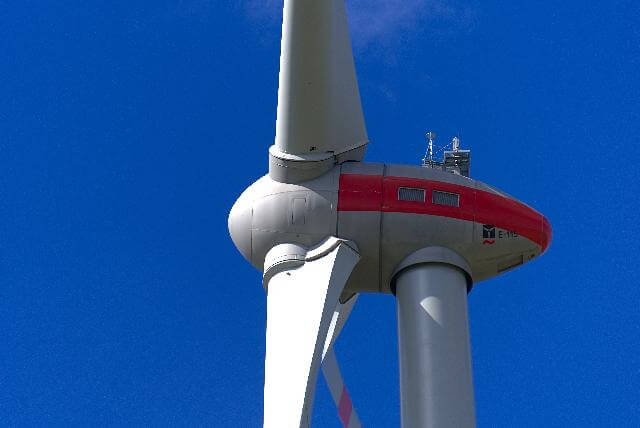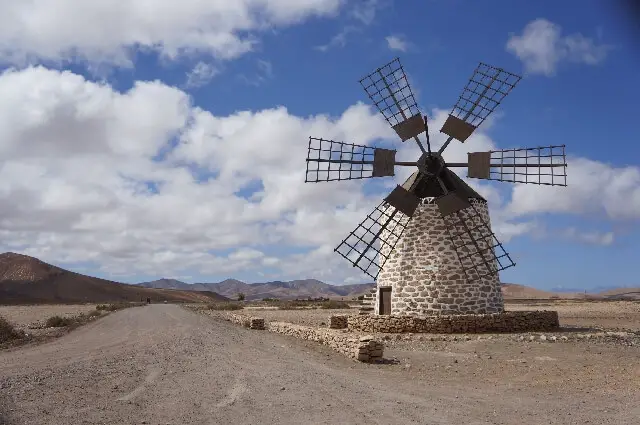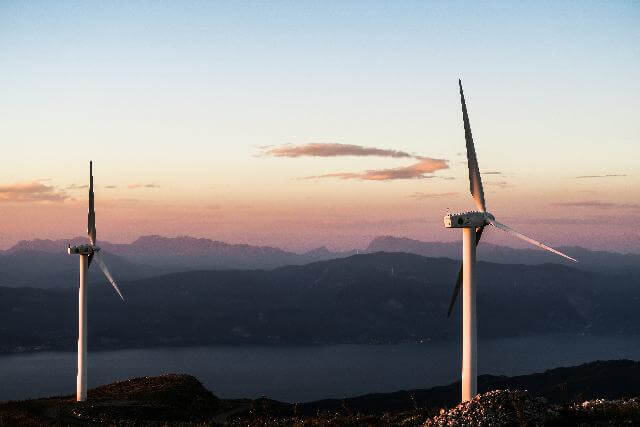Wind turbines are visual symbols of the green energy movement.
We see them clearly on our horizons, beckoning us towards ideals of zero-carbon output energies.
How much of this representation is true, though?
It does not take much digging to unearth the less than sustainable factors of wind farms.
The turbines themselves are made of steel. The steel processing and manufacturing lines are laden with fossil fuel usage.
Then there’s the logistics and transportation. Gas-powered trucks, tar roads, connectivity. All these rely almost entirely on the burning of coal and gasoline. And then there’s the building and maintenance of the turbines.
So, while the power a wind turbine produces is clean, the turbine itself is not.
It’s a machine, after all, with motors and gearboxes, nuts and bolts, shafts and panels.
And, just the same as all machines need lubricants and oils to function smoothly, wind turbines have oil requirements too.
What is lubrication oil made of?
Let’s rip the band-aid off quickly.
The lubrication oil used in the gearboxes is, most likely, made from Petroleum Hydrocarbon distillates.
What’s that?
Petroleum Hydrocarbon distillates are a group of chemicals that are either made with oil or distilled from it. Gasoline is a Petroleum Hydrocarbon, for instance.
How much oil do wind turbines use, and where’s it all going?
Wind farms need three types of lubricant to function effectively:
Lubrication oil: This type of oil is used in the gearbox of the turbine, as well as the gearboxes of basically all machines that use gearboxes.
Older generation wind turbines with smaller gearboxes use up to 10 gallons of oil for correct functioning. Newer, bigger wind turbines use up to 60 gallons.
Grease: Grease is put into the main rotor shaft bearing, yaw bearing, pitch drive gears, blade bearing, and generator bearing. This grease is made of a soap compound and a thickener. The exact composition depends on the part of the motor it is used in.
Hydraulic oil: Also called hydraulic fluid. This fluid is either made by-product of crude oil or synthetically made using chemically produced base fluids. You will find hydraulic fluid in the hydraulic systems that control blade pitch.
A major concern surrounding oil use in wind energy is the amounts used and the likelihood of the oils leaking, increasing the time between oil changes.
It is imperative to lubricate turbines to try to mitigate these problems properly. Another solution comes with innovating either the motors of the turbines or the bases that we use to create these lubricating oils.
As of 2015, the wind energy sector used between 35 to 40 kilotonnes of lubricants worldwide.
Before we burn the wind energy sector to the ground, though, let’s remember that on average, on average person uses 199 gallons of oil per year.
Are wind turbines even green then?
This all sounds quite bad for wind turbines for sure, but it does not need to be a nail in the coffin of wind power.
The extraction of oil is not the major driver of climate change, and it is the human use for the oil that is causing the damage.
We send 33 billion metric tons of CO2 into the atmosphere annually.
Let that sink in a moment.
However, wind farms produce no CO2 once operational and can still contribute to the energy grid.
Perhaps our immediate future should have less to do with finding reasons why renewable energies are not perfect.
Perhaps, instead, our immediate future should involve more industries combating climate change imperfectly.
Industries rethinking the uses of fossil fuels’ uses and mitigating their negative impacts seems a far more reasonable solution to our current crises.
We have the opportunity now to reinvent and adapt our uses of fossil fuels, the intelligence to modify and adjust our practices to suit the needs of our changing world better.
If we use oil to lubricate a wind turbine that gives us the electricity we need to charge our electric cars, we are already saving the atmosphere from major damage.
So, let’s put our pitchforks down and invite oil into the conversation about renewable energy.
We’re all in this together.






